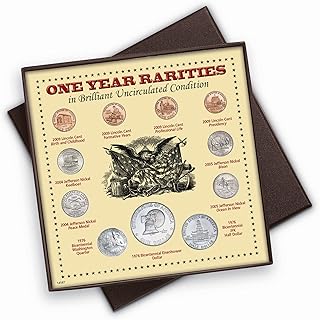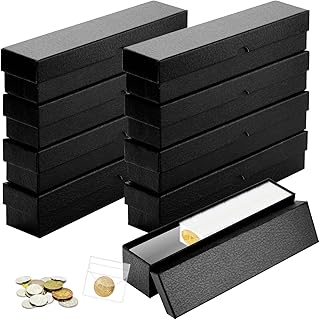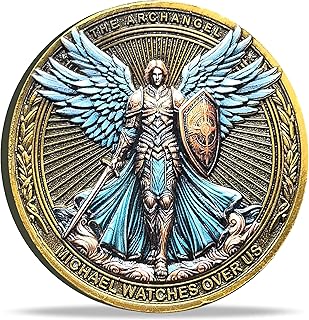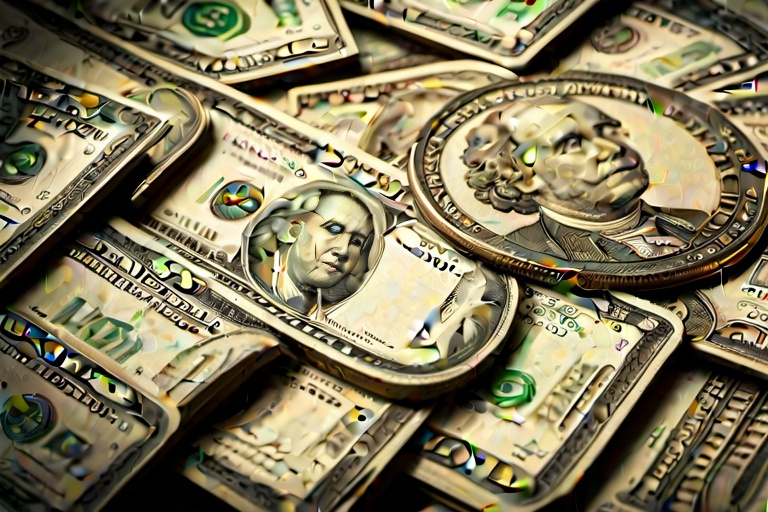Understanding Coin and Bill Combinations: A Fundamental Skill
Understanding Coin and Bill Combinations: A Fundamental Skill
In our day-to-day lives, we engage in myriad transactions that involve handling cash. Possessing the know-how to adeptly count and combine different denominations of coins and bills is not just practical, it's a fundamental skill. For coin collectors, it can be particularly pertinent—the nuances of currency can enliven the history and stories behind each coin. Herein, we delve into the basics of U.S. currency, the combination of coins and bills, and how this knowledge applies to both everyday use and the numismatic enthusiast.
The Essentials of U.S. Currency
The United States Mint issues coins in several denominations, with pennies, nickels, dimes, and quarters being the coins most frequently encountered in circulation. Each denomination has a distinct value: pennies (1 cent each), nickels (5 cents each), dimes (10 cents each), and quarters (25 cents each). Building a solid grounding in the value of these coins is a necessary first step for anyone engaging with U.S. currency.
Counting and Combining Coins
Imagine you're handed a mix of coins; to ascertain their total value, you would generally start counting with the highest denomination. For instance, given 3 quarters, 2 nickels, and 4 pennies, you tally the quarters to 75 cents, add the nickels to reach 85 cents, and then the pennies to conclude at 89 cents in total.
The ability to create specific denominations using a variety of coins is equally important. If you were to purchase an item for 85 cents, you could combine 3 quarters (75 cents) with a single dime (10 cents) to meet the cost. This type of mental calculation is invaluable for swift and precise transactions.
Dollars and Coins Together
For transactions that include both coins and dollars, understanding how to navigate between the two forms of currency is key. Consider purchasing an item that costs $2.24—you would use two dollar bills for the primary amount and then combine 2 dimes and 4 pennies to complete the total. Such combinations are commonplace and require a level of fluency with currency that can be easily achieved with practice.
Complex Combinations
Some purchases involve more intricate combinations of bills and coins. For an item priced at $3.42, three dollar bills would cover the main amount. To address the remaining 42 cents, a common approach would be to add one quarter (for $3.25), one dime (for $3.35), one nickel (to reach $3.40), and two pennies to achieve the precise total of $3.42.
The Vocab of Currency
With an array of terms used when discussing coins and bills, it's beneficial to become familiar with the lexicon. Coins generally refer to the metal currency, whereas bills (also referred to as 'banknotes' or 'paper money') are, as the name suggests, paper. Moreover, understanding the value and nomenclature of the penny, nickel, dime, quarter, and dollar bill clears the path for deeper comprehension of currency combinations.
Practical Scenarios
Let's cement our understanding through common purchasing scenarios:
- Buying an apple for 45 cents? Starting with quarters is efficient—two quarters make 50 cents, from which you can subtract a nickel to get the correct change.
- Purchasing a cucumber for $1.30? Use a dollar bill, add a quarter to make $1.25, and then a nickel to reach your total.
- What about lettuce for $2.43? You'd turn to two dollar bills, then a quarter (for $2.25), a dime (for $2.35), a nickel (for $2.40), and three pennies to finalize at $2.43.
Through these examples, we see how varying combinations can be employed to meet exact amounts. Acquiring this facility with currency supports not just efficient shopping but also helps one in comprehending the broader implications on the economy and the financial decisions one makes.
Beyond Everyday Transactions
While such skills are helpful for managing personal finances, they also serve coin collectors in appraising the monetary value of potential acquisitions. Knowledge of currency enables collectors to better understand a coin's worth, facilitating informed purchases, sales, or trades.
As we continue to explore coin collecting and coin valuation, enthusiasts and neophytes alike will find that a thorough grasp of currency combinations is not merely utilitarian—it's a gateway to the broader narratives and historical significance inherent in each piece of our monetary system.
Stay tuned for the second installment of our guide, where we will further unravel the intricacies of coin collecting and valuation. Whether it's assessing rare coins or simply getting the best out of your everyday transactions, your journey through the world of numismatics is sure to be enriched by these foundational skills.
Information for this article was gathered from the following source.




